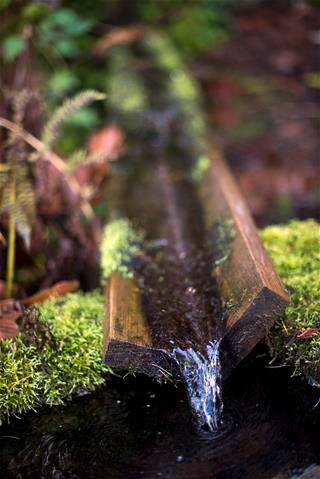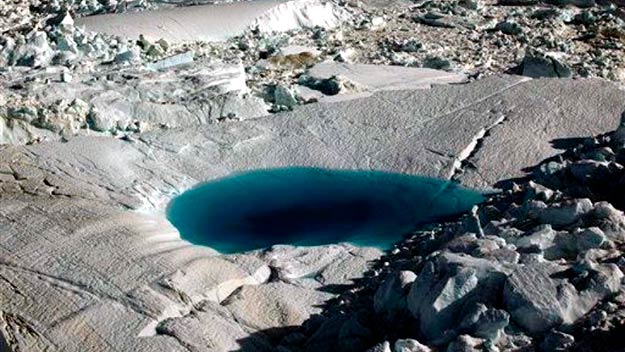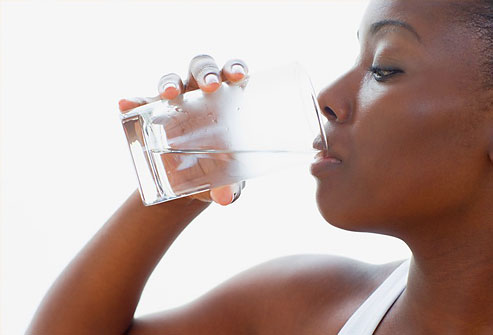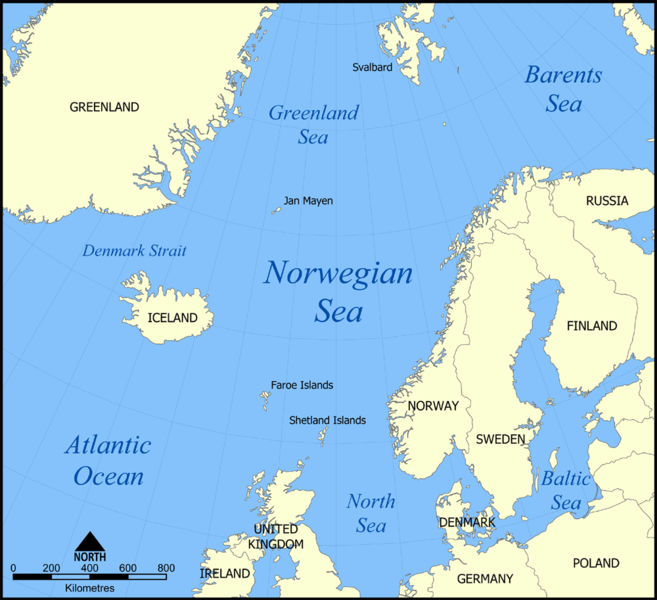Drinking untreated water has more drawbacks than the price tag.
Is drinking “raw water” a great way to get beneficial minerals and microbes removed by filtration—or do people who pay $15 a gallon for untreated water have more money than sense? The subject has been hotly debated since a New York Times story last week looked at people—many of them wealthy Silicon Valley residents—who are “[getting] off the water grid.” Some collect water from springs themselves; some buy from companies like Live Water, which charges almost $40 for a 2.5 gallon jug and $15 for refills; and others have installed expensive systems to collect water from the air.
One big fan is Doug Evans, who says he lived on Live Water for 10 days after his Juicero company, which sold a much-mocked $700 juicer, collapsed a few months ago. “I’m extreme about health, I know, but I’m not alone with this,” he told the Times.
Evans and other proponents argue that “raw water” is healthier than regular water, which they see as tainted by chemicals like fluoride. Live Water founder Mukhande Singh claims fluoride is a “mind-control drug” and describes public water as “toilet water with birth control drugs in them.” Opponents, of which there are many, warn that drinking untreated, unfiltered water can be extremely dangerous because it could contain the viruses, bacteria, and parasites that filtration removes. Read more












